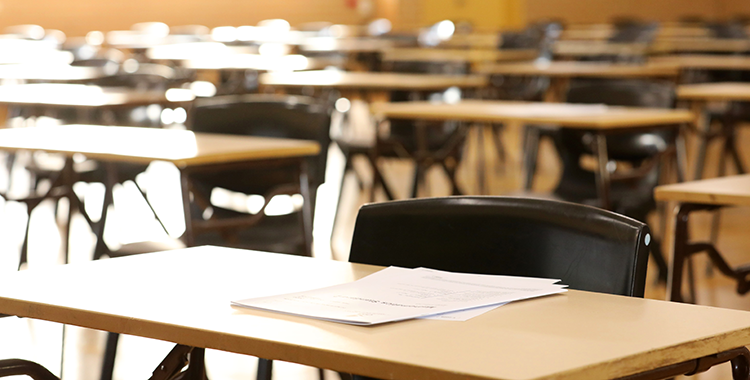Law Prof Backtracks on Bar Pass Post
Corrected: This week, Paul Caron’s blog got more attention than he bargained for.
Caron – the Associate Dean of Faculty and a law professor at the University of Cincinnati College of Law – ignited a firestorm of controversy this week when he posted on his popular TaxProf Blog that seven law schools might receive failing grades if a new ABA proposal on bar passage rates is accepted during the Midyear Meeting in Los Angeles next week.
But to judge the schools, he used only one year’s worth of data, while the standard takes into account bar pass rates over five years. The ABA and several deans of the named schools – some of whom reported hearing from worried prospective students and financial supporters – jumped all over the error.
At issue is a proposed accreditation standard (PDF posted by TaxProf blog) under consideration at the Midyear Meeting, the National Law Journal reports. The newspaper says the House of Delegates is expected to pass the controversial proposal under pressure from the U.S. Department of Education, which gives the ABA accreditation authority.
The proposal says a law school’s bar passage rate will meet the ABA accreditation standard on the subject if it meets any of the following tests:
In the last five years, 75 percent of the school’s grads who sat for the bar passed an exam, or, in at least three of those years, 75 percent of the grads graduating in those years who sat for the bar passed an exam.
The school’s annual first-time bar passage rate in jurisdictions most popular with its grads is no more than 15 points below the average first-time bar passage rates for grads of ABA-approved law schools.
Hulett H. Askew, the ABA’s consultant on legal education, said the TaxProf Blog data is inaccurate and covers only one year, while the ABA standard takes into account bar passage rates over five calendar years. An ABA fact sheet (PDF) on the proposed interpretation backs him up.
Eric J. Mitnick, associate dean for academic affairs at Thomas Jefferson School of Law in San Diego, said “the 15 percent rule is only relevant to the first-time passage rate. And the data Caron uses includes retakers.” Mitnick says there is no way his school would have made a failing grade, and that the implication is harmful. Officials at the school point to California Bar stats here and here to support their argument.
St. Thomas University Dean Alfredo P. Garcia, whose school also was on Caron’s list, contacted the ABA Journal to likewise dispute the data used by Caron.
“We presented data to the ABA accreditation committee that established that over 80 percent of our graduates passed the Florida bar examination within three years of graduation, which clearly exceeds the new proposed 301-6 interpretation, which only requires that 75 percent of a school’s graduates pass within five years of graduation,” Garcia said in an e-mail.
On Friday, facing intense criticism, Caron wrote a follow-up post linking to the source of his <a href=”http://www.ilrg.com/rankings/law/index.php/4/desc/SchoolvsBar” title=” “one-year snapshot” > “one-year snapshot” data and correcting his description of the ABA’s proposed bar accreditation standard:
“Schools that fall below the 75 percent / 15 percent thresholds in any one year thus can (and often do) easily meet interpretation 301-6 when measured over the requisite five-year period, especially when the differences between bar passage rates for first-time and non-first-time test-takers are factored in (which they are not in the one-year data),” Caron wrote.
The current ABA rule requires law schools to show they are preparing students for bar admissions, but does not require specific bar-passage numbers.
The measure is expected to go before the ABA’s House of Delegates on Monday.
Updated at 8:00 PM Friday to include the deans’ comments and incorporate Caron’s correction.



